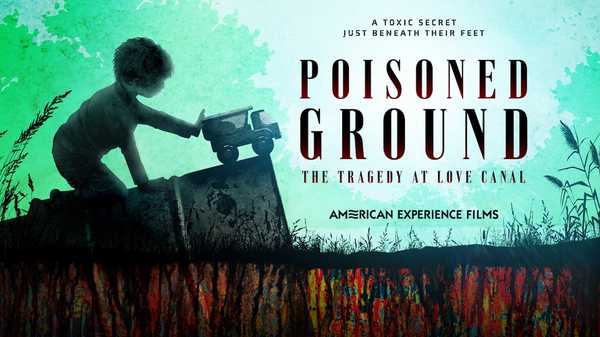Do You Live Near a Superfund Site?
Communities across the country are located around toxic waste sites. Here’s how you can find out what’s close to home

You can find them all across the United States: places so contaminated that the federal government designates them a significant health and environmental hazard. An old mercury mine in Black Butte, Oregon. An army ammunitions plant with depleted uranium in in Iowa and a former textile mill in central Maine, where lax disposal practices resulted in extensive contamination of soil and groundwater. Currently, more than 1,300 of them dot the American landscape. They are called Superfund sites, and that you can find them is due, in large part, to the heroic efforts of a small group of Niagara Falls residents in the late 1970s.
The people of Love Canal found out that their neighborhood had been built atop 22,000 tons of toxic waste, the former dumping ground of a local chemical company. Many were getting sick from mysterious illnesses, and miscarriages and birth defects afflicted expectant mothers and their children with alarming frequency. The Love Canal activists’ several-year fight to demand accountability culminated in the Comprehensive Environmental Response, Compensation, and Liability Act, or CERCLA—better known as Superfund—which was signed into law by President Jimmy Carter in 1980.
Administered through the Environmental Protection Agency, Superfund identifies and establishes liability around closed and abandoned hazardous waste sites and provides for their remediation when the responsible party can’t be found. The current roster of 1,300-plus sites is known as the National Priorities List (NPL), locations deemed the most dangerous to the public and in need of cleanup. You can search the EPA’s website to find out what sites in your state are listed on the NPL, or view the map below:
Importantly, many other polluted and contaminated sites exist around the country that haven’t been designated a national priority. The EPA also maintains that more comprehensive database, and many states maintain their own cleanup lists, like these registries in Connecticut, Florida and Nevada.
Learn more about the history of the Superfund—and the dramatic story behind its creation here.




